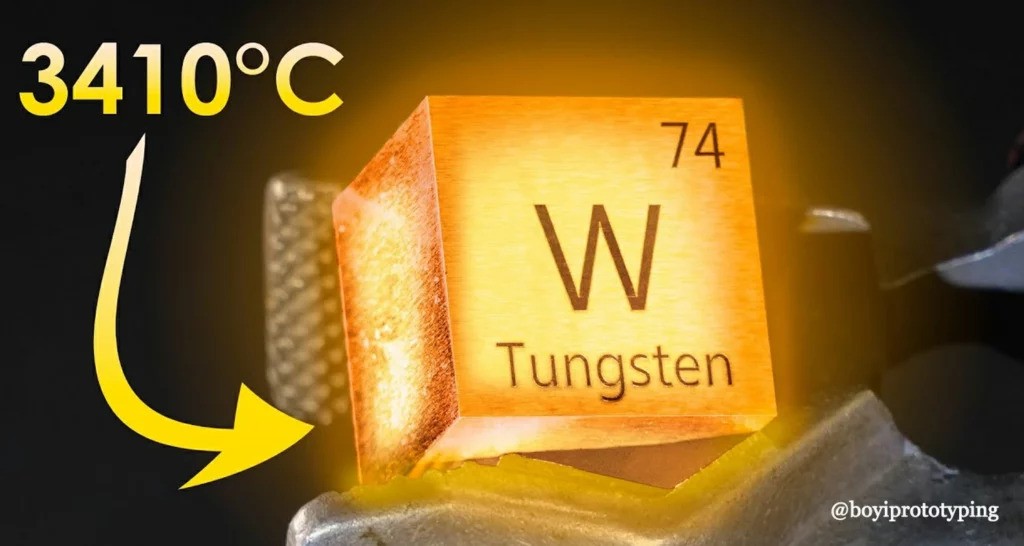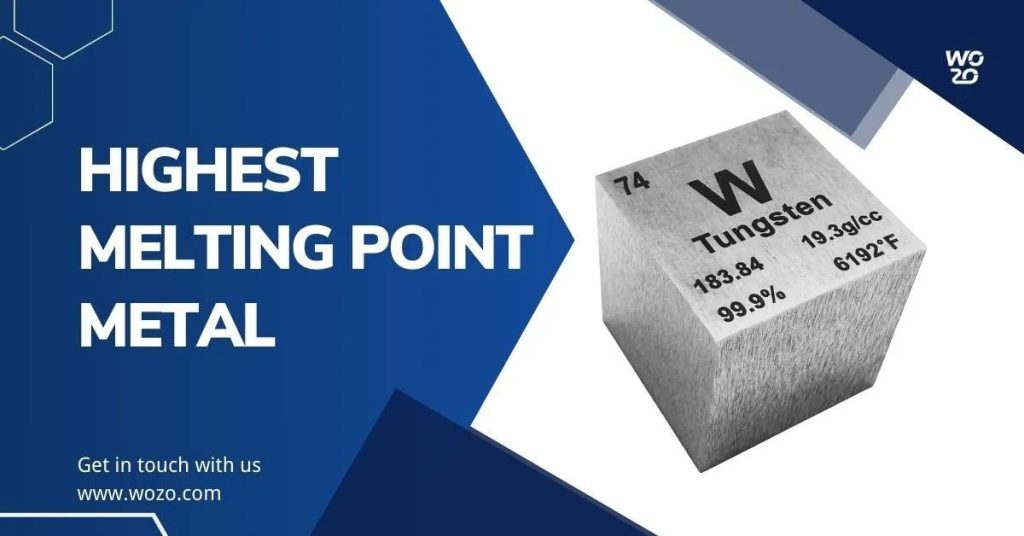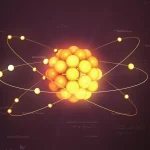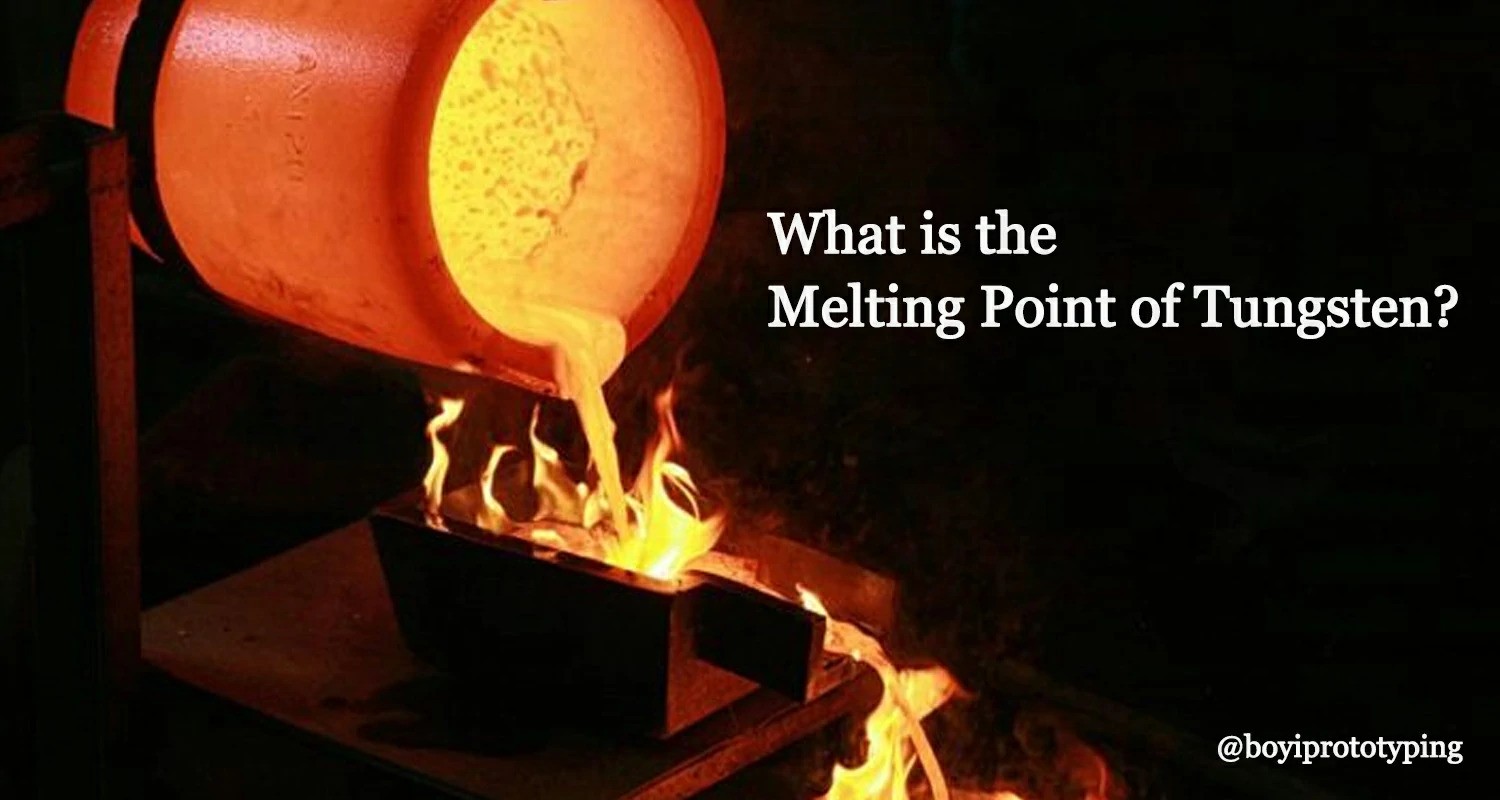Tungsten melting point — the phrase alone may not sound like the beginning of a powerful story. But in the quiet hills of western Spain during the 1700s, two brothers, Juan and Fausto Elhuyar, were chasing a dream—searching for something unknown. The local miners spoke of a strange, heavy mineral that ruined their tin. But to the Elhuyar brothers, it was no curse. It was a mystery worth solving.
In the quiet hills of western Spain during the 1700s, two brothers, Juan and Fausto Elhuyar, were chasing a dream—searching for something unknown. The local miners spoke of a strange, heavy mineral that ruined their tin. But to the Elhuyar brothers, it was no curse. It was a mystery worth solving.
They dug, they melted, they tested. After years of failure, the metal finally revealed itself—a gray, heavy element that didn’t behave like anything they’d seen. Its resistance to heat was unreal. That was the moment the world first met tungsten, and with it, the nearly unbelievable tungsten melting point.
The Day Scientists Discovered the Truth
The Elhuyar brothers successfully isolated tungsten in 1783. But the scientific world had only begun to understand the power locked inside this element. As the years passed, one feature kept astonishing researchers: its melting point.
Measured at a jaw-dropping 3,422°C (6,192°F), the tungsten melting point is the highest of any metal on Earth. That number wasn’t just interesting—it was revolutionary. It meant that tungsten could survive environments other materials couldn’t. Furnaces, rockets, and weapons—all suddenly had a new super-metal to rely on.
The world changed, quietly, because of a number—a number no other metal could beat.
Understanding the Tungsten Melting Point
To fully grasp why this melting point is so unique, we need to step into the microscopic world.
Most metals melt because their atomic bonds break under heat. But tungsten atoms are tightly packed and strongly bonded. It’s not just heavy—it’s stable. And that’s why it requires extreme temperatures to change its form.
So, what makes the tungsten melting point so incredible?
- It resists breaking under heat.
- It stays solid longer than any metal.
- It allows machines to work at extreme temperatures without failing.
Imagine trying to create a rocket engine without melting parts. Tungsten makes it possible.

Why Its Melting Point Matters in War and Peace
The Second World War brought many horrors, but it also pushed science to new levels. Engineers needed materials that could survive intense heat and friction. Enter tungsten.
Tungsten was used in armor-piercing bullets and tank shells. Why? Because those weapons had to hit hard without deforming. Thanks to the tungsten melting point, they stayed sharp and deadly.
On the peaceful side, industries used tungsten in high-performance machinery, where overheating would destroy normal components. Its durability and heat resistance made it invaluable.
In both war and peace, this metal saved lives—and took them too.
The Role of Tungsten in Everyday Life
You might think tungsten lives only in labs and battlefields. But it’s much closer than you think.
- Light Bulbs: For decades, the filament inside incandescent bulbs was made of tungsten. Why? Because only a metal with an extreme melting point could handle the heat of a glowing bulb without melting.
- Medical Tools: Surgery tools often need to be sterilized at high temperatures. Tungsten’s stability helps make them last longer.
- Electronics: With the rise of smartphones, satellites, and high-speed computers, tungsten is quietly powering your tech. It’s used in small, precise components that need to withstand heat.
It’s everywhere—and yet, you never see it.
Myths, Legends, and Scientific Wonders
Some called it “the heavy stone.” Others said it was cursed. But tungsten was never supernatural—it was just misunderstood.
A rumor once spread that a small country’s military made invincible weapons out of it. Another claimed it could melt diamonds. Neither was true. But what is true is even more amazing.
Tungsten’s melting point made it perfect for fusion reactors—experiments that try to mimic the sun’s power. In a world chasing clean energy, tungsten could become the hero we didn’t expect.
Some say it might one day be used to build structures on Venus—because even on that scorching planet, the tungsten melting point might be enough.
The Future of Tungsten in Space Technology
Now, we look to the stars.
Space is unforgiving. Temperatures in space fluctuate wildly—freezing cold in the shadows, blazing hot in direct sunlight. For spacecraft and rovers, survival means stability. That’s where tungsten enters the scene again.
- Heat shields made with tungsten can withstand re-entry temperatures.
- Satellites use it in parts exposed to intense solar radiation.
- Space mining tools may one day rely on it when digging through hot, unknown terrains.
As humanity pushes beyond Earth, the tungsten melting point could become one of our greatest assets.

Visit our website for more updates and stories
Conclusion: One Metal, Endless Potential
From a strange rock in the mountains to powering the future of space travel, the story of tungsten is more than just science—it’s a journey of discovery, war, peace, and imagination.
The tungsten melting point isn’t just a number. It’s a symbol of strength, stability, and silent power. In a world chasing innovation, sometimes the most extraordinary truths are hidden in the hottest places.
And now you know why this metal matters more than most people ever realize.













